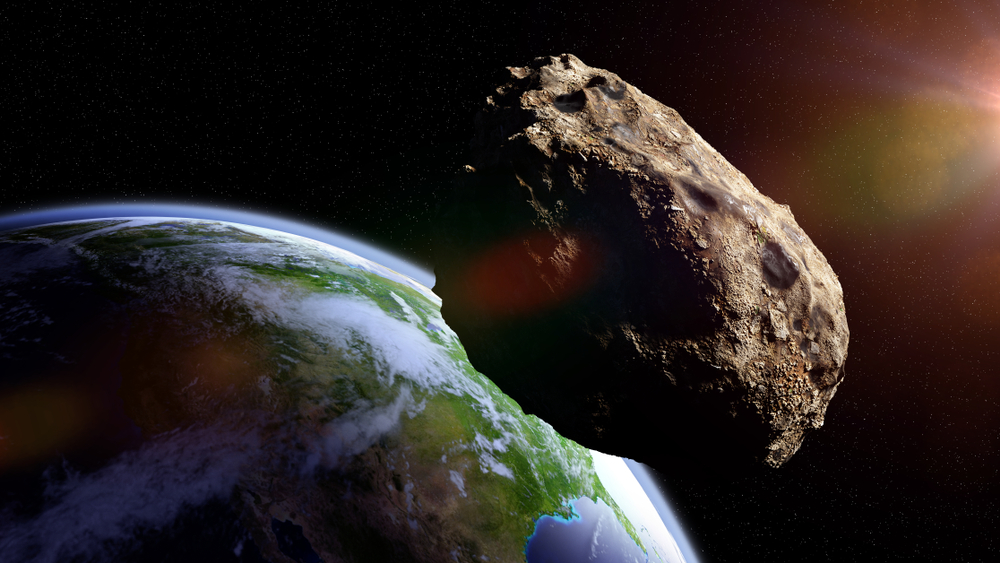The probability of collision has increased to 3.1%, the highest ever recorded for a near-Earth object.
Others are reading now
NASA has updated its assessment of asteroid 2024 YR4, increasing the likelihood of impact with Earth to 3.1%.
While the predicted collision date would not be until December 22, 2032, scientists continue to analyze the asteroid’s trajectory to determine whether the risk will decrease over time.
Growing Concerns Over Potential Impact
As reported by El Economista, NASA’s Center for Near-Earth Object Studies (CNEOS) initially estimated a 1.8% chance of impact.
However, continued observations led researchers to revise that number to 2.3%—and now to 3.1%, the highest impact risk ever recorded for an asteroid.
Also read
This probability surpasses the 3% risk once assigned to asteroid Apophis in 2004, which was later downgraded to zero. Scientists hope that further calculations will also lower the risk of 2024 YR4 over time.
What Happens Next?
Despite the rising probability, experts caution against panic. The European Space Agency (ESA) expects that additional data will refine the asteroid’s trajectory, likely reducing its projected threat.
“These numbers are expected to evolve in the coming weeks as more observations are made—first increasing, then decreasing, if this asteroid follows the pattern of past discoveries,” NASA stated.
While 2024 YR4 will remain on ESA’s risk list for years, tracking will become more difficult after May, as the asteroid will not be observable again until 2028. In the meantime, discussions about planetary defense strategies—including deflection missions or nuclear interventions—continue to gain attention.
For now, scientists emphasize the need for further observations before drawing definitive conclusions about the asteroid’s fate.


